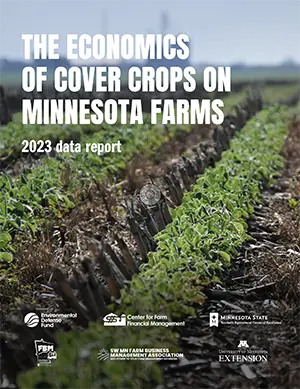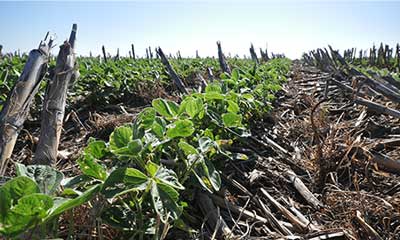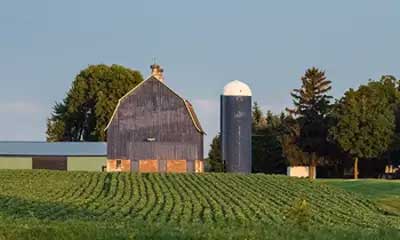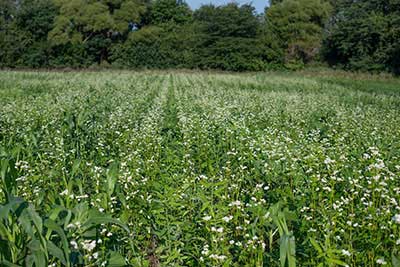Financial impacts of cover crops in Minnesota and Wisconsin
In-depth cover crop financial data from 141 Minnesota and Wisconsin farms informs farmers’ cover crop decisions.
Environmental Defense Fund, the University of Minnesota’s Center for Farm Financial Management, the Minnesota State Farm Business Management program and the University of Minnesota Extension’s Southwest Minnesota Farm Business Management Association are leading a collaborative effort to inform farmers and their partners about the financial costs and benefits of growing cover crops.
We are gathering detailed financial data on cover crops from corn, soybean and other row crop farms across Minnesota and neighboring states. We will:
- Evaluate financial impacts across different species, mixes and uses of cover crops.
- Compare the returns and expenses of commodity crop fields using cover crops to fields without cover crops.
- Assess trends in expenses across different levels of cover crop production experience.
Our project aims to inform producer decisions by analyzing actual farm financial data. The data and insights from this project will also provide value to federal and local cost-share programs, agricultural lending solutions and other climate-smart initiatives that aim to support the financial viability of implementing cover crops.
Key findings
- The direct cost of planting cover crops averaged $60 per acre across the 228 fields analyzed.
- Nearly half (44%) of the farmers providing data received cost-share payments to cover a portion of their cover crop expenses. For those farmers, these payments offset 43% of their costs. Overall, 10% of all cover crop expenses in our cohort were offset by cost-share payments.
- For all regions and commodity crops analyzed, the average net return of the cover crop and the following commodity crop was lower than the average net return of the same commodity grown without a cover crop.
- Farmers with more experience in growing cover crops had lower median cover crop expenses compared to those with less experience.
- In most cases the average fertilizer expense for the commodity crop was lower than the area average when following a cover crop.
- Farms planting cover crops have similar characteristics to the average Minnesota row crop farm.
- 2022 cover crop costs varied significantly based on their intended purpose.
- Net returns for corn, corn silage and soybeans following cover crops were lower than fields without cover crops, but wheat net returns were higher with cover crops.
Related webinars




